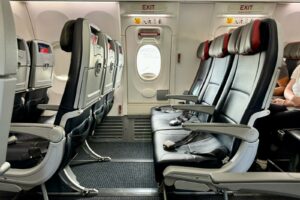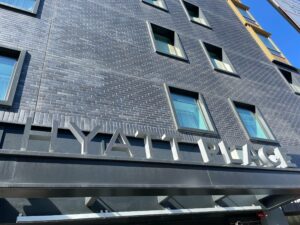As TPG has previously reported, and you likely know all too well, the Maui wildfires caused significant damage to Lahaina, with more than 2,400 residences destroyed and far too many lives lost. Recovery efforts are still ongoing. And now, the community must deal with the reality of economic recovery while also rebuilding homes and businesses and managing the emotional toll.
Gov. Josh Green’s most recent proclamation allowed for parts of West Maui to reopen starting Oct. 8, but Lahaina remains off-limits.
TPG checked in with the Hawaii Tourism Authority for an update.
“Per Maui Mayor Richard Bissen, the island is in Phase 1 of reopening,” shared a spokesperson for the tourism office. “That extends from the Ritz-Carlton, Maui Kapalua to Kahana Villa.”
Bissen announced Monday that the rest of West Maui north of Lahaina — phases 2 and 3 from Kahana to Kaanapali — will begin reopening Nov. 1.
Hawaii Tourism Authority visitor data shows that in August 2022, Maui welcomed 265,410 visitors. The Hawaii Department of Business, Economic Development and Tourism estimates that a reduction of 4,250 visitors per day has resulted in an economic loss of $9 million per day. For a rough estimate, multiply those numbers for the last three weeks of August, and that’s a loss of 89,000 visitors and over $189 million dollars in economic activity.
In a statement, the Hawaii Tourism Authority said that West Maui alone accounts for 15% of Hawaii’s tourism economy.
You may be wondering if now is the time to visit. And, if you are on social media at all, you’ve likely seen passionate and disparate answers to that question.
Should you visit Maui after the wildfires?
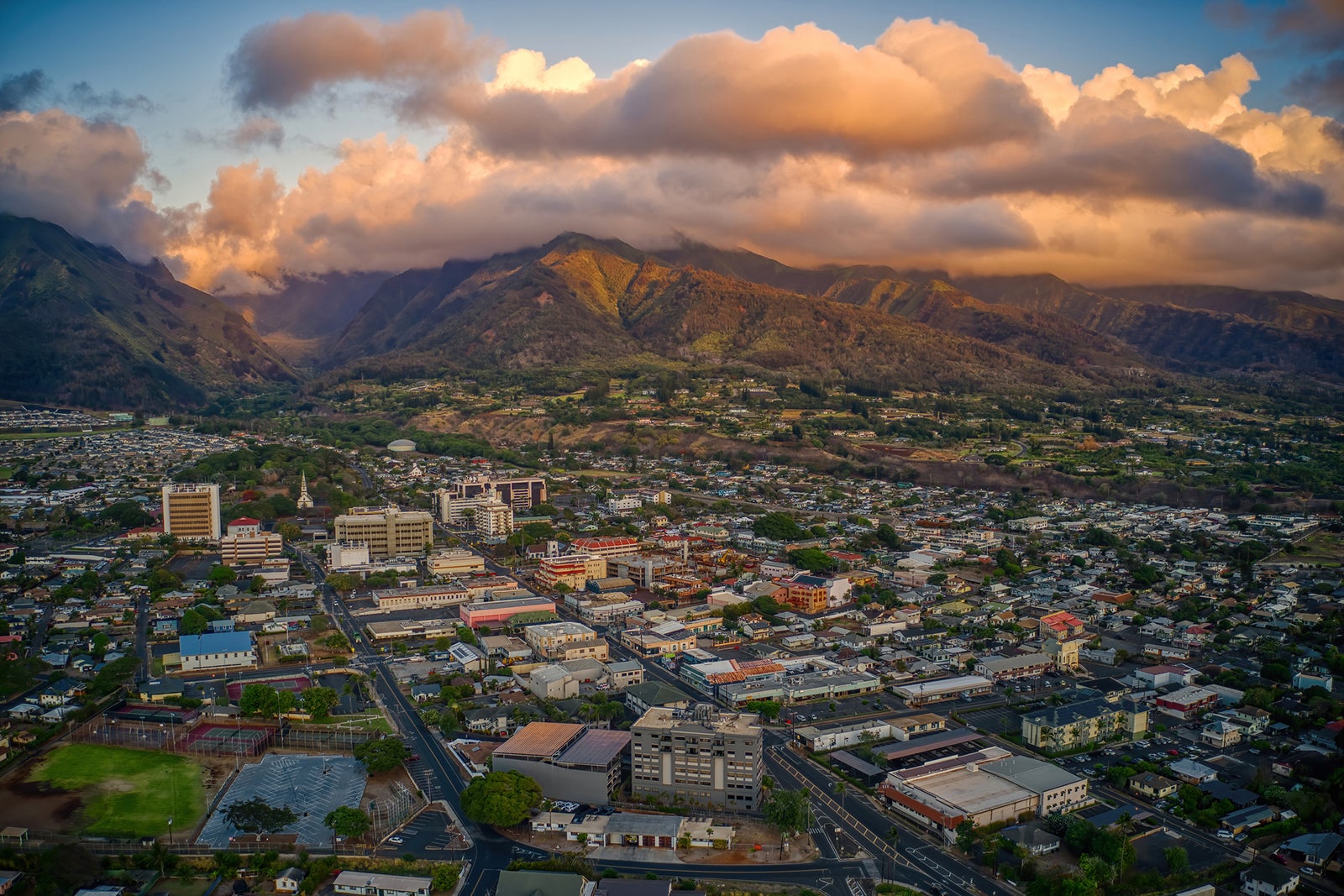
The answer to when is the right time to visit Maui can vary, depending on whom you ask.
Some residents and native islanders have been longstanding and vocal opponents of tourism on the island — even before the fires.
But those working in the tourism industry or running small businesses often disagree. Those groups depend on the visitor economy to provide jobs to support their families. They want tourists back as soon as possible.
Naturally, many others are in the middle and can see the pros and cons of full planes returning to Maui.
From visitors taking photos of Lahaina’s devastation from the air to posing in front of burned buildings, there have been stories of inappropriate and disrespectful behavior reported by the media and locals.
Lahaina Strong is one of the vocal groups that requested Maui’s reopening be delayed beyond Oct. 8; the group launched a petition that garnered over 17,000 signatures of support.
A Time Magazine op-ed by former Hawaii Rep. Kaniela Ing, who was born and raised in Maui, describes his view of the situation and how climate change and colonialism led Maui to where it is today.
“My greatest fear is that this trajectory of exploitation will continue in the recovery from the Maui wildfires,” Ing wrote. “As whispers of reshaping Lāhainā emerge, with wealthy developers eager to mold it to their vision, our generation’s vision for social and environmental justice grows even firmer. Our recovery from the wildfires can’t just be about combating climate change — it has to be about returning control of our cherished lands to the people who hold them dear.”
We’ve all read stories over the past few years about destinations suffering from overtourism, housing prices increasing and too many unregulated vacation rentals making it difficult to find affordable housing for locals. Teachers, first responders and tourism employees sometimes cannot afford to live in the communities where they work. That’s certainly true of Maui.
But, what we know right now is that Maui is on the precipice of an opportunity — to rebuild in more ways than one and create an environment and community that can work for everyone.
What travelers should know about visiting Maui
The Hawaii Tourism Authority has been sharing the message that Maui is still open and accepting visitors.
Parts of West Maui that had previously been closed began reopening Oct. 8, and TPG recently checked in with the Hawaii Tourism Authority.
As stated above, Bissen announced Monday that the rest of West Maui north of Lahaina will begin reopening Nov. 1. Those are phases 2 and 3 of the reopening plan, including the areas from Kahana to Kaanapali.
In a press release, the Hawaii Tourism Authority said:
The decision was made following discussions with the Mayor’s Lahaina advisory team, the Red Cross and other partners, and the community feedback following the first phase of reopening. Governor Josh Green, M.D., Mayor Bissen, and the Red Cross continue to assure the public that housing for displaced wildfire survivors will not be in jeopardy as a result of the reopening.
The Hawai‘i Tourism Authority advises travelers to check with individual accommodations, activities and businesses in West Maui for their availability and hours of operation. As travelers return to Maui after the devastating August wildfires, they will help to sustain jobs, keep businesses open, and support the community.
Visitors are reminded to practice mindful visitation, and a series of new videos is launching in coordination with various community members and partners, sharing how visitors can malama (care for) Maui.
Prior to this announcement, the phased opening plan listed on the Maui County website was as follows:
Phase 1, beginning on Oct. 8, will be the area from Ritz-Carlton, Maui Kapalua to Kahana Villa.
Phase 2, beginning after an assessment of the Phase 1 reopening, will be from Mahinahina to Maui Kaanapali Villas.
Phase 3, beginning after an assessment of Phase 2, will be from Royal Lahaina Resort to the Hyatt Regency.
An updated map shared Oct. 13 shows the area of Lahaina that remains closed and identifies the portion of West Maui that is reopening.
TPG will continue to provide travel updates as they become available.
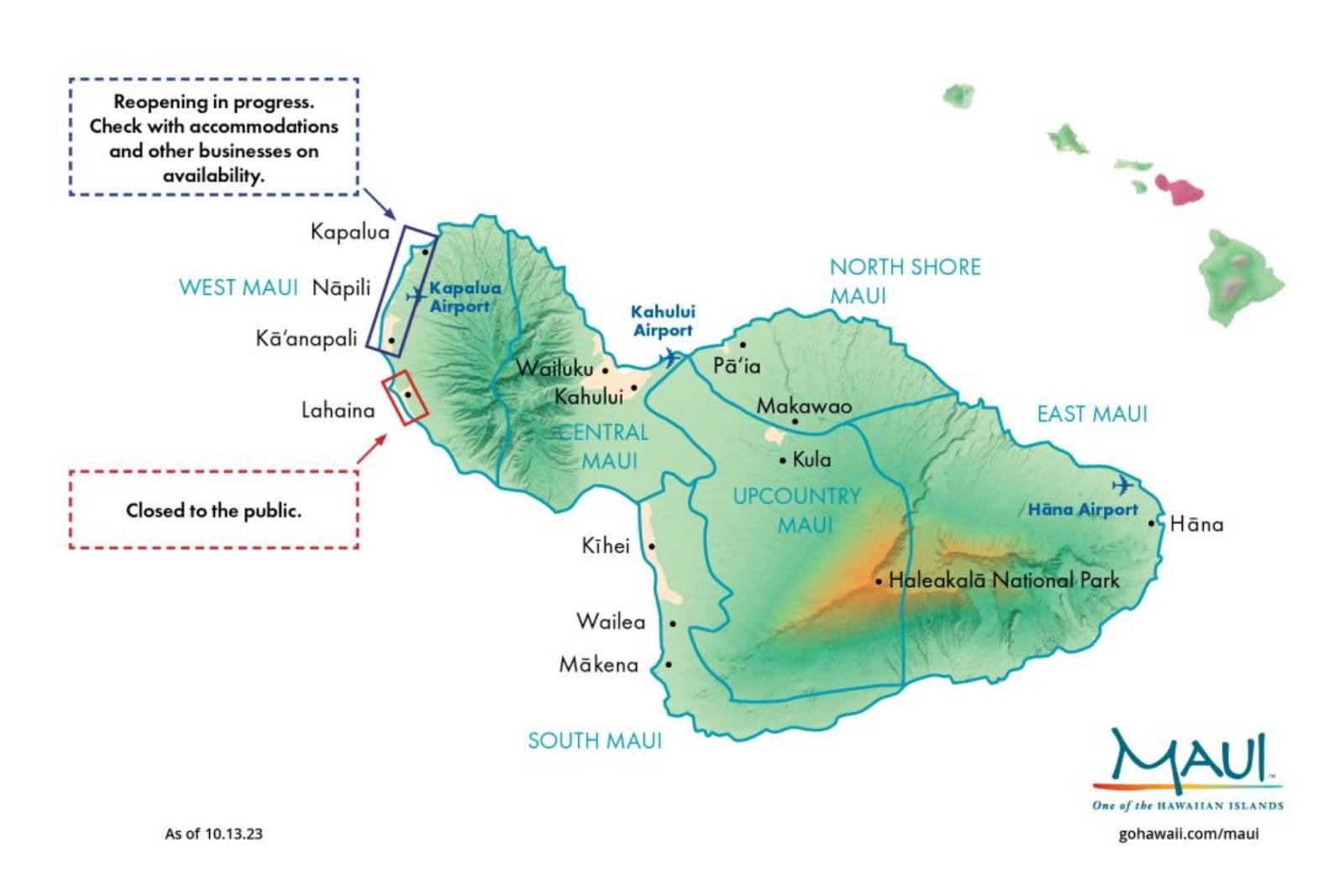
The only part of Maui that will remain off-limits to visitors is Lahaina, which was almost completely destroyed by the wildfires in August. Other parts of West Maui — Napili, Kaanapali and Kapalua — are making plans to reopen Nov. 1.
At a recent press conference, Green delivered the following update:
Beginning October 8, all travel restrictions will end and West Maui will be open to visitors again, so people from Hawaiʻi and around the world can resume travel to this special place and help it begin to recover economically. This difficult decision is meant to bring hope for recovery to the families and businesses on Maui that have been so deeply affected in every way by the disaster.
The press release from the Hawaii Tourism Authority that came after the governor’s remarks also stated:
Lahaina itself will remain fully closed to the public until further notice out of respect to the town’s residents. County, state, and federal emergency responders continue with efforts to identify victims and the missing, and conduct clean-up efforts of debris and hazardous materials resulting from the wildfires.
Ilihia Gionson, public affairs officer at the Hawaii Tourism Authority, told TPG it is focused on clear messaging and visitor education. It is “asking for respectful, compassionate, responsible travel to the island at this time. Visitation is welcome and encouraged to the many open areas of Maui, now more than ever.”
In an email news update Sept. 27, the Hawaii Tourism Authority shared Bissen’s announcement that provides additional information for the reopening of areas north of Lahaina. It includes plans for a phased reopening of the hotels in the Kaanapali area. With the updated announcement, phases 2 and 3 will commence Nov. 1.
The Hawaii Tourism Authority email update also stated: “Gov. Green, Mayor Bissen, and federal agencies have all assured the public that no wildfire disaster survivors will be displaced as a result of this reopening. HTA advises travelers to check with the individual accommodations in West Maui for their reopening plans.”
“While vacation travel to West Maui (including Lahaina, Nāpili, Kaanapali and Kapalua) is currently strongly discouraged through October 7 in alignment with Governor Josh Green’s emergency proclamation, respectful travel to all other parts of Maui, including Kahului, Wailuku, Kīhei, Wailea, Mākena, Pāʻia, Makawao and Hāna, and other Hawaiian Islands is encouraged to keep residents employed and our economy alive,” Gionson said.
Visitors are urged to explore other parts of the island and stay overnight outside the immediate areas around devastated West Maui as that part of the island continues to heal.
Hana-Maui Resort general manager Jon Benson told TPG:
As we work as a destination to respectfully support the recovery, it is imperative that we welcome visitors back. This is a wonderful time to explore Maui and less-traveled destinations like Hana, where it is more than just an overnight after the Road to Hana. It is when you arrive and lean into all that the beautiful and charming town has to offer that you realize there is still something truly special to be offered despite the disastrous event that occurred in West Maui. By supporting other, remote communities like Hana, you are giving back to Maui as a whole. And remember, if driving is not your thing, take the “road less traveled” on our custom Cessna Caravan Plane to Paradise and even rent one of our Jeep Wranglers to fulfill your explorations while in town.
How can visitors help Maui?
When asked how visitors could help Maui, Gionson said, “Those who want to volunteer and give back to the community can also touch base with one of the many organizations supporting the recovery efforts.” You can find more information on the Maui Nui Strong website under “Offer Support.”
The Hawaii Tourism Authority also lists voluntourism activities on its website, as well as the Malama Hawaii program that began during the pandemic to help travelers plan a visit to Hawaii while giving back. The Malama Hawaii program is still being offered statewide, and visitors are encouraged to consider participating in activities that give back to the destination.
Comprehensive travel information and inspiration, including an island-by-island trip planner, is available on the Hawaii Tourism Authority website.
I reached out to my friend, former colleague and local chef Michael Cairns, who’s been on Maui off and on for more than 30 years and whose family is local. He provided some insight into what locals want visitors to know and where you can go to support family-run businesses on the island.
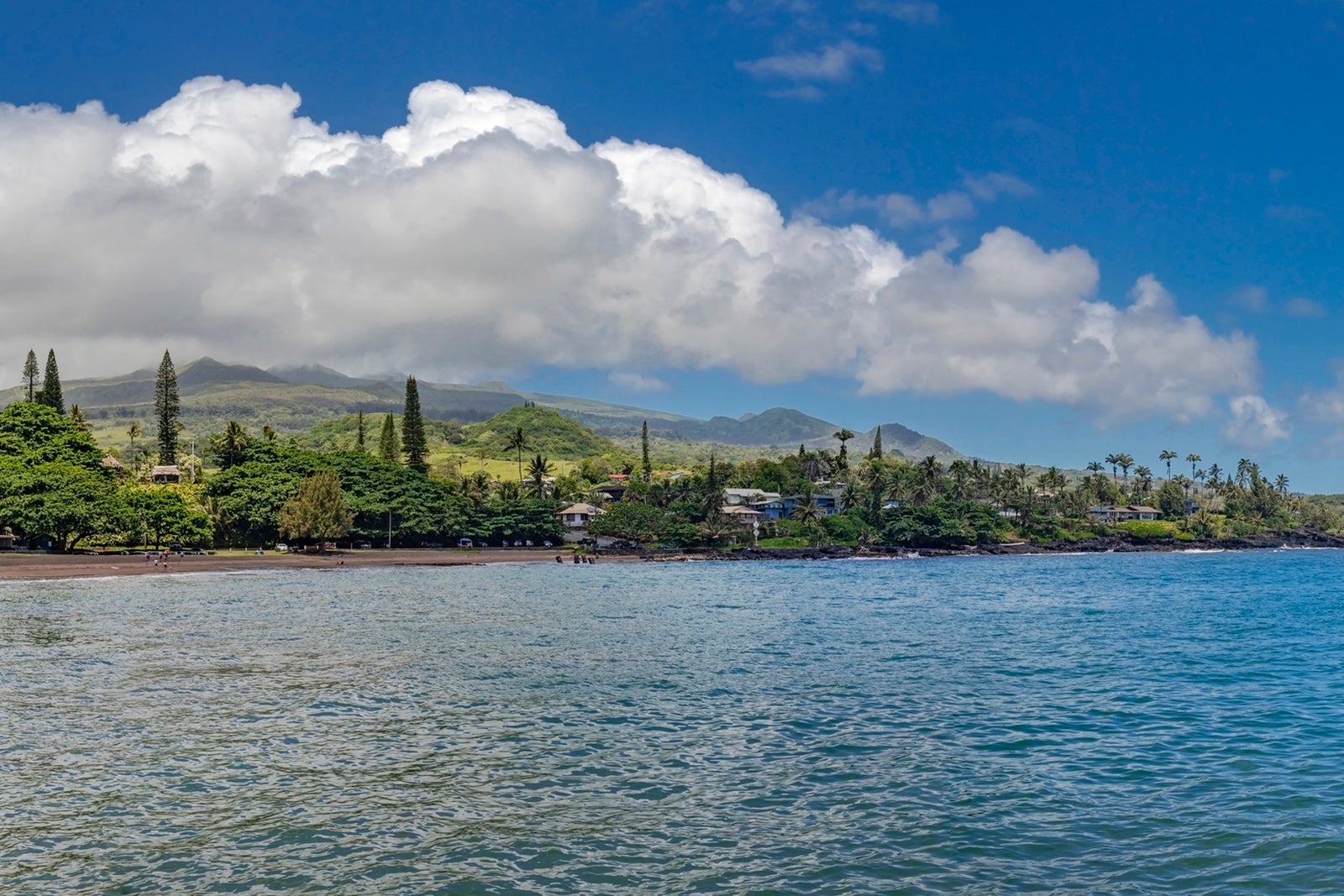
“The first thing is to respect the culture and ‘aina,’ which is the land. The saying on the island is, ‘Relax, it’s not the mainland.’ But please understand everyone on the island is suffering somewhat. When you come here, bring positivity,” Cairns said.
He stressed the need for tourism to support the local economy. “Two out of every five residents works in the tourism industry. Focus on locally owned, family-run businesses to help save the island’s economy. Take time to learn about the culture,” he said.
A few of his suggestions include areas that have been favorites of mine on previous trips to Maui and some I have yet to discover.
Small towns like Paia have unique local shops, boutiques and restaurants. Try the fabulous fish tacos at Paia Fish Market. This is also the start of the Road to Hana — famous for its twists and turns, waterfalls and roadside hikes.
Cairns suggests not making Hana a daytrip — plan to stay overnight, whether at a campground, an Airbnb or a small, family-run hotel. That side of the island sees far fewer overnight visitors.
He also suggested visiting Upcountry Maui — towns like Pukalani and Kula — where you will find the Upcountry Farmers Market, Maui Chocolate & Coffee Tours, Surfing Goat Dairy (the cheese is amazing) and Kula Botanical Garden.
Oo Farm in Kula offers tours of its 8-acre, farm-to-table experience. The farm cultivates coffee, fruits and vegetables for local restaurants.
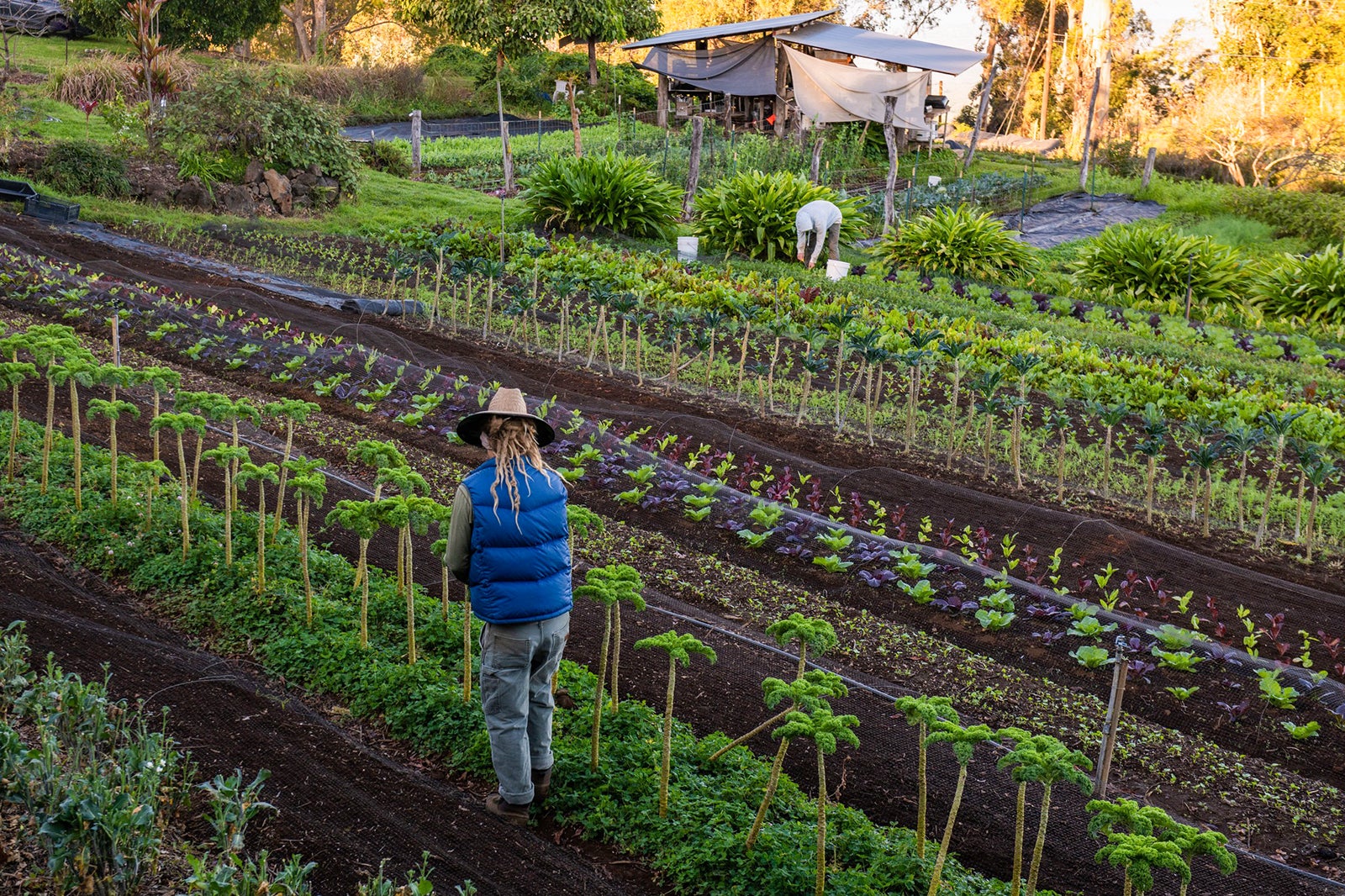
If you’re looking for a distillery tour, Cairns said Maui offers those as well. Pau Maui Vodka and Ocean Organic Vodka are two local establishments where you can tour the distilleries and enjoy the tasting rooms on the slopes of Haleakala.
Find brewery tours at Mahalo Aleworks in Upcountry and Maui Brewing Co. in Kihei. (While Maui Brewing Co.’s tours are temporarily unavailable, you can find its beers in many restaurants and stores on the island.)
Another great idea Cairns shared (which my family has also done): Have a picnic on the beach. Order takeout from a local restaurant or deli and sit on the beach to enjoy one of Hawaii’s famous sunsets.
With the loss of Lahaina Harbor as a popular departure point for boat tours, there are still opportunities to get out on the water and enjoy whale watching, snorkeling or a sunset dinner cruise.
Trilogy Tours, currently celebrating 50 years as Maui’s first sailboat company with its fleet of catamarans, sails out of Maalaea Harbor (just south of Kahului Airport). Trilogy focuses on conservation and environmental stewardship practices with its tours; it was named Sustainable Ecotour Operator of the Year (2017) by the Sustainable Tourism Association of Hawaii.
The Sustainable Tourism Association also has a trip planner on its website to help visitors choose activities.
Bottom line
This is still a sensitive time in Maui as the community struggles with profound loss. However, the island is doing its best to balance the economy’s needs and residents’ livelihoods.
Gionson offered some final thoughts: “We ask that visitors practice patience, compassion and aloha when coming to Maui. The best way to support Maui in its recovery is for travelers to continue with their Maui vacation this fall and don’t cancel those trips.
“While it may seem counterintuitive, Maui’s economy is dependent on a robust visitor industry and there is still plenty to see and do while here that is away from Lahaina,” Gionson said.
Related reading:
- Key travel tips you need to know — whether you’re a beginner or expert traveler
- The best travel credit cards
- The 18 best places to travel in 2023
- 6 real-life strategies you can use when your flight is canceled or delayed
- 8 of the best credit cards for general travel purchases
- 13 must-have items the TPG team can’t travel without



